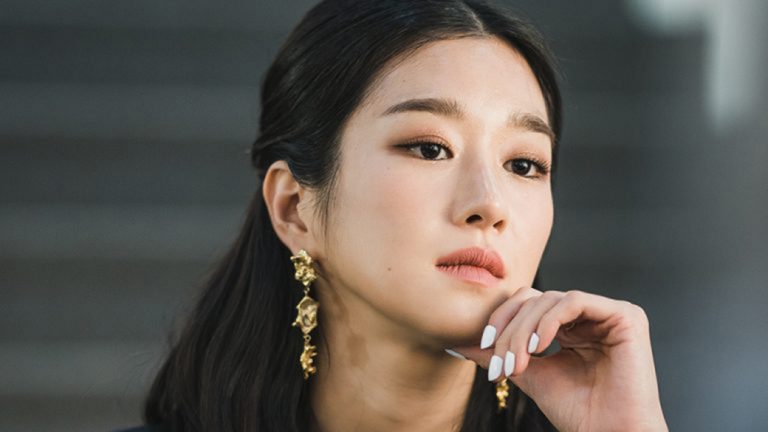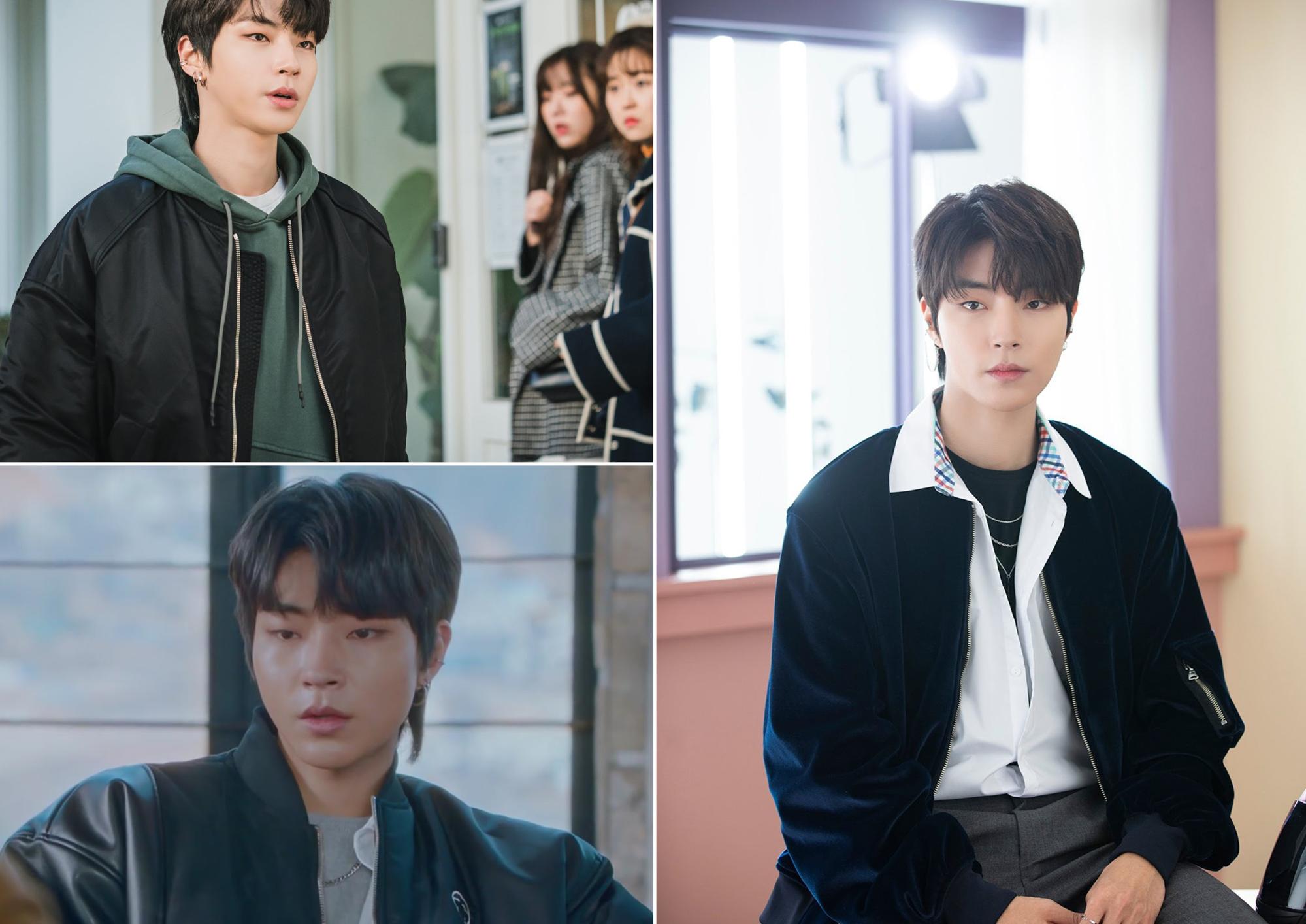
Introduction to K-Dramas
K-Dramas have taken the world by storm, captivating audiences with their unique storytelling and vivid characters. These South Korean dramas offer viewers a delightful escape into romantic tales, thrilling plots, and emotional journeys. However, for years, many K-Dramas adhered to traditional gender roles that often sidelined female characters or defined them solely through relationships with men.
But times are changing! A new wave of empowered female leads is breaking through these age-old stereotypes. These women aren’t just love interests; they’re complex individuals with dreams, ambitions, and flaws. They challenge societal norms and inspire viewers around the globe.
In this blog post, we’ll explore some of the most compelling K-drama female leads who are unapologetically themselves. From their fierce independence to their relatable struggles, these characters invite us to rethink what it means to be a woman in today’s society—both on-screen and off it. Let’s dive into this exciting evolution in K-Drama storytelling!
Traditional gender roles in K-Dramas
K-dramas have long been known for their depiction of traditional gender roles. Female characters often find themselves in nurturing positions, centered around family and romance. Their story arcs frequently revolve around finding love or supporting male leads.
The male counterparts usually hold dominant roles. They are depicted as breadwinners, strong and assertive figures who drive the plot forward. This dynamic creates predictable narratives that many viewers have come to expect.
However, these conventions can feel outdated in a rapidly changing society. As discussions about gender equality gain momentum globally, K-dramas face pressure to evolve beyond these stereotypes.
Audiences crave more complexity in female characters—those who are not just love interests but also ambitious individuals with dreams and aspirations of their own. The challenge lies in breaking free from longstanding traditions while still appealing to fans of classic storytelling elements found within Korean drama series.
Empowered female characters in K-Dramas
K-Dramas have evolved dramatically over the years, presenting female characters who break free from traditional molds. These empowered women often challenge societal expectations and redefine what it means to be strong.
Take “It’s Okay to Not Be Okay” as a prime example. The lead character, Moon Young, defies conventions with her bold personality and complex emotional struggles. Her journey showcases vulnerability alongside strength.
Similarly, dramas like “Secretary Kim” present heroines who know their worth and are unafraid to pursue their ambitions. These K-drama female leads inspire viewers by portraying independence in both love and career.
Notably, these characters reflect real-life challenges faced by many women today. They navigate personal growth while standing firm against adversity. Their stories resonate deeply with audiences seeking relatable narratives that empower them to embrace their own journeys without fear or hesitation.
Analysis of popular shows featuring strong female leads
The world of Korean dramas has seen a significant shift with the emergence of strong female leads. These characters are dynamic, complex, and refuse to be confined by traditional tropes.
Take “It’s Okay to Not Be Okay,” for instance. The lead character Ko Moon-young breaks stereotypes as an unapologetically flawed writer. Her journey explores mental health while challenging societal norms surrounding femininity.
Another remarkable example is Yoo Jin in “Strong Woman Do Bong-soon.” She showcases strength through her unique powers but also embodies vulnerability and empathy, making her relatable on many levels.
Then there’s the legal drama “Lawless Lawyer,” where Lee Joon-gi’s character partners with a fierce lawyer played by Seo Ye-ji. Together they navigate corruption and injustice, showcasing women’s critical roles in fighting societal issues.
These shows highlight that K-drama female leads can be multifaceted heroes who inspire viewers everywhere.
Impact on viewers and society
The portrayal of empowered female characters in K-dramas reshapes the way viewers perceive gender roles. As these strong women navigate personal and professional challenges, they become relatable figures for many.
These narratives inspire audiences to question societal norms. When a character defies expectations or chooses her own path, it resonates deeply with fans, encouraging them to embrace their individuality.
For younger generations, these stories can serve as powerful role models. They highlight that ambition and strength are not just traits of male protagonists but essential qualities for everyone.
Moreover, discussions sparked by these dramas extend beyond entertainment. Viewers engage in conversations about equality and representation. The impact ripples out into society as more people advocate for change based on what they’ve seen onscreen.
K-dramas have proven that storytelling can influence cultural perceptions, creating a space where empowerment becomes a shared narrative rather than an exception.
Challenges faced by female characters in the industry
Female characters in K-Dramas often face significant challenges within the industry. Despite the rise of empowered female leads, traditional stereotypes linger. These portrayals can limit their depth and complexity.
Writers sometimes resort to clichés, risking a one-dimensional character arc. This can prevent nuanced storytelling that showcases authentic experiences.
Additionally, female actors may encounter typecasting due to societal expectations. The pressure to fit into specific molds can stifle creativity and growth in their roles.
Behind the scenes, women are underrepresented in key creative positions too. This imbalance affects how stories are told and which narratives gain prominence.
Despite these hurdles, passionate creators continue pushing boundaries for more relatable female representations. Their efforts inspire change within the industry while empowering future generations of women on screen.
Celebrating the rise of empowered women in K-Dramas
The rise of empowered women in K-Dramas marks a significant shift in storytelling. These characters are no longer just sidekicks or love interests; they take center stage, driving narratives and challenging societal expectations. Shows like “It’s Okay to Not Be Okay” showcase female leads who grapple with real issues while exuding strength and vulnerability.
Audiences resonate with these portrayals. They see reflections of their struggles and victories through the lens of these dynamic heroines. It’s refreshing to witness characters who embrace their flaws, fight for their dreams, and inspire others along the way.
As viewers rally behind these strong female figures, they also encourage change within the industry itself. Writers are beginning to craft more nuanced roles that break away from traditional molds, paving the way for future stories filled with complexity.
This empowerment goes beyond entertainment; it challenges cultural norms and inspires new generations of women to be bold and unapologetic about their aspirations. The celebration of empowered female leads in K-Dramas is not merely a trend but an evolving narrative that mirrors societal progress across the globe. Each character’s journey contributes to this rich tapestry, offering hope and encouragement for all those watching closely.








